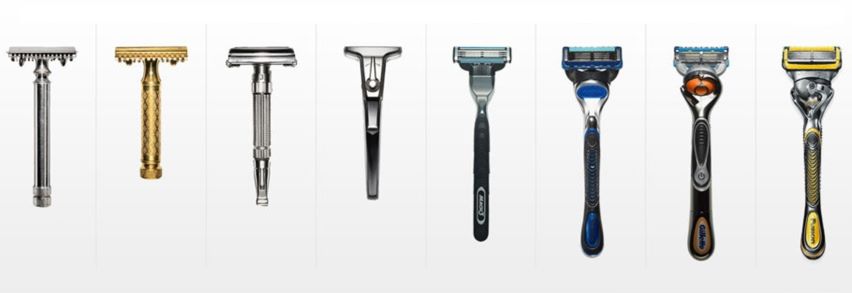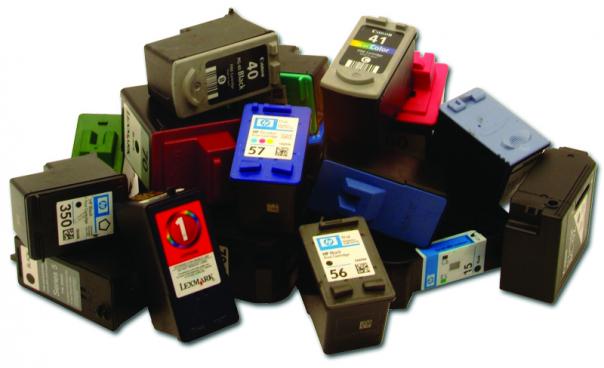I’m a bit embarrassed to admit that I was scammed by a well-known printer manufacturer. Gullible as I am, I thought that the company was in the printer business and that I was a shrewd, price-conscious buyer. I didn’t realize that the company was in the print cartridge business. I am now hooked. In a short period of time, I’ve already spent more on print cartridges that I did on the printer.
Think about the marvel of a modern printer. It prints quality text, as well as envelopes, labels and related print projects. It prints color charts, graphics and photos. Many have scan, fax and copy capabilities. Most printers can be wired to a computer or a network, or connected to both without wires.
How it does all of this, I will never understand. Somehow a signal flows from the computer and stuff comes out of the printer. Or, you can go the other way around – scan a document or photo on your printer, and it is converted to a digital item which can be transmitted electronically from your p.c. to any other computer in the world.
All of this from a machine that costs about $200. Maybe $300, max! (2019 update: These prices were from the 2005 blog entry. There are some great printers out now for under $100).
I bought a new p.c. a few months ago. A printer was tied in as a package deal. After the rebates, the printer was almost free.
Here’s the kicker. Now that I own this printer, I am forced to buy replacement ink cartridges from the same manufacturer. The black cartridges cost over $20 and the color cartridges over $30. This is consistent with cartridge prices from other manufacturers. In fact, some ink jet cartridges run as much as $60.
How can this be? A printer is a complex piece of electronics and can cost under $100. An ink jet cartridge is a small plastic cartridge of ink and can cost almost as much.
I counted the variety of ink cartridges in an office supply catalog. There were 49 different types of Hewlett Packard cartridges, 51 different types of Epson cartridges, 21 different from Brother, ad 40 different from Canon. Each cartridge type is specially designed for use with a particular printer, and each printer is designed so that only one type of cartridge can fit within it. (2019 update: Office supply sources do not send out catalogues anymore. Everything is on line. But a quick search at any supplier will churn out as many different cartridge types as I found in 2005.)
There is considerable competition among printer manufacturers for the initial sale of printers. But there is no competition among cartridge manufacturers. Once a manufacturer has sold you a printer, it has you captive for the sale of its cartridges. It almost makes sense for the manufacturer to give you a printer, free. Once it gets you to own the printer, you are hooked! You become a cartridge customer for the rest of the printer’s life. For the printer manufacturer, it’s like getting an annuity.
I didn’t notice this scam when printers were expensive. I simply assumed that cartridges, like printers, were high-tech merchandise and, thus, inherently expensive. I only began to wonder about this when printers dropped dramatically in price, but cartridge prices remained the same.
They call this after-market sales. If you want to see how this works, try this simulation (scroll to inkjet cartridges at the “select simulation” icon). It will demonstrate that I am not off-base on this. Printer manufacturers do make more money on cartridges than they do on printers.

razor blades
While I’m on the subject of pet peeves, I might as well mention my problem with razor blades. I do not like using disposable razors, so I’m semi-stuck buying more expensive razors. All razors have a handle, a razor blade, and some device to connect the handle and the blade. Simple enough.
The problem is that every model razor uses a different device to connect the handle to the blade. There is no standardized connection device. You must buy the blade which is compatible to the handle. Even that is no big deal. It’s easy enough to buy the same brand replacement blade, from time to time, as the old blade becomes dull.
But every manufacturer comes out with “new and improved” razors every year or so. Whenever a manufacturer does, retailers only stock blades which correspond with the new razors. I can never find blades for my old razors. I ultimately give up, throw away my razors, and buy a whole new set.
You can run the same after-market sales simulator for razor blades. Not much I can do about this, except complain.
For the heck of it, I did some brief internet research on razor blades, and found some interesting stuff.

If you want to see the most ridiculous site on the world wide web, check this out. It is a “how to shave” instruction. It breaks down the art of shaving into 10 easy steps, plus several helpful tips. It even has a link to shaving cream. If you can think of anything more mundane to put on a website, please let us know.
If you are interested in history, check out this historical timeline. It has multiple printed pages on the history of shaving, beginning with prehistoric shaving.
Which leads me to this question:
How do you have a history of something which is prehistoric?
